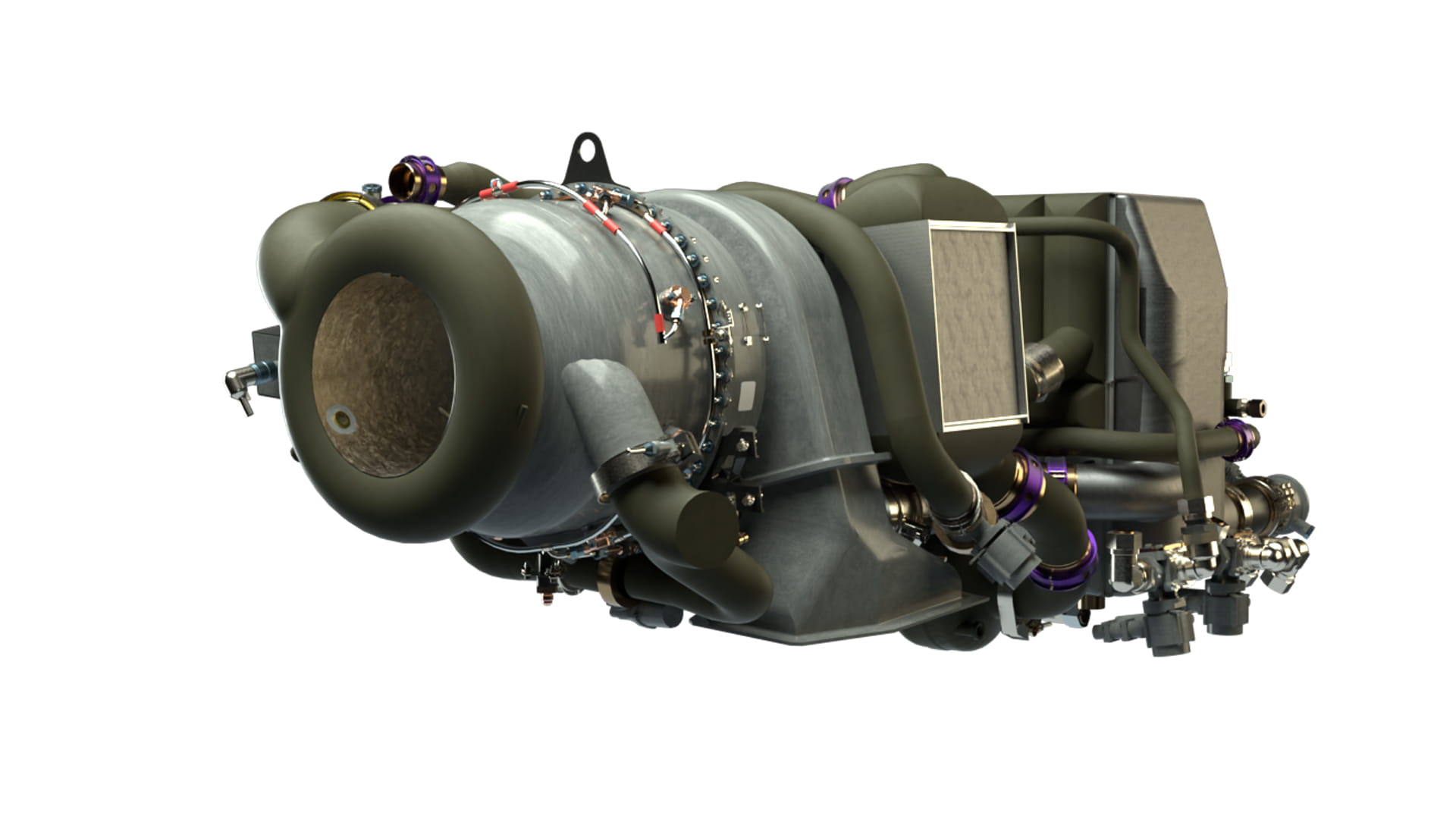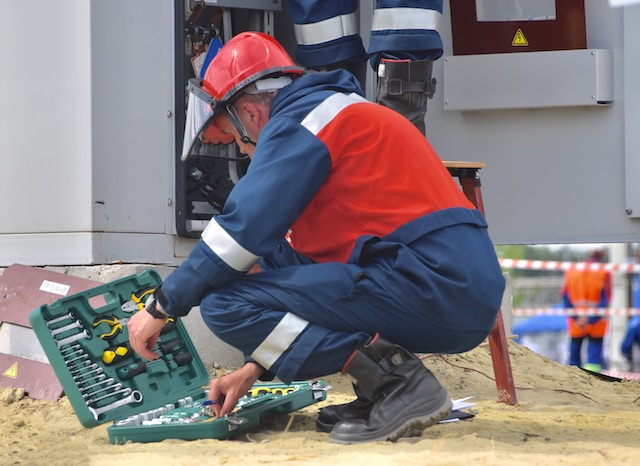Engineers and designers across all industries are now using 3-D Computer Aided Design (CAD) models and rapid prototyping with Selective Laser Sintering (SLS), an additive manufacturing process aka Fused Deposition Modeling (FDM), allowing for quick fabrication of scale models of a part or assembly, usually within a few hours.
There is a wide array of rapid prototyping techniques: Plastic Jet Printing (PJP) prototyping allows for functional testing and is great for low volume manufacturing. Computer Numerical Controlled (CNC) subtractive prototyping is also common.
3D Rapid prototyping is carried out by a computer program such as Cube Pro, which allows a user to create a three-dimensional model of a CAD drawing. When doing rapid prototyping, engineers typically use plastics, ceramics, wood-like paper and metals including stainless steel and titanium to create durable, machinable parts that have strength and durability.
Rapid prototyping was invented in the 1980s and since then a large number of techniques have been developed to quickly fabricate scale models. All of these rapid prototyping techniques have their roots in the practice of topography and photo sculpture which predated them.
According to companies offering rapid prototyping services, all prototyping processes have their strengths and weaknesses and achieving the right finished product depends to a large degree on the unique situation and budget. IndustryTap has written extensively about 3D printing.
Related aricles on IndustryTap:
- Futuristic Mud Houses, 3D Printed To Order
- Creating 3D Sculptures From Sound Patterns
- A Chocolate 3D Printer Is About To Come To Fruition Thanks To Hershey’s!
References and related content:







